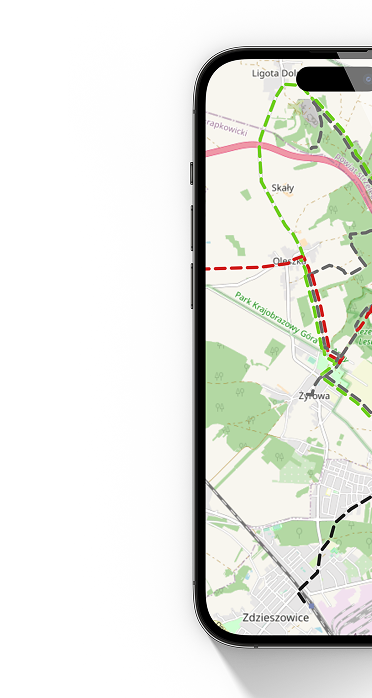Until 1966, Białogon was an independent settlement, established and developed thanks to industry.
When rich ore deposits were discovered on Miedziana Góra in the 16th century, a copper and lead smelter was built in Białogon, which was still operating throughout the 17th century. In 1817, the Aleksander steelworks was completed here, and ten years later, thanks to the efforts of Stanisław Staszic and then Ksawery Drucki-Lubecki, the steelworks was transformed into a "machine factory". The factory included mechanical workshops, a foundry, a rolling mill and a dome furnace. A clerical and workers' housing estate was built for the crew, linked with the plant in terms of composition. The center is a square in front of the factory, from which 5 streets radiate out (the middle one leads towards the Krakow-Kielce route).
In Białogon there is also a wooden church with shingle roofs, imitating the Zakopane style. It was built in 1918 thanks to the efforts of the local population and the factory. Its architect was Mateusz Galas. The church is formed by an elongated nave with a chancel, not much narrower than it, adjoining it from the north. The interior of the temple was left in raw wood.
Since 1996, the Biesak Białogon Reserve has been part of the Chęciny-Kielce Landscape Park.
 Polski
Polski






